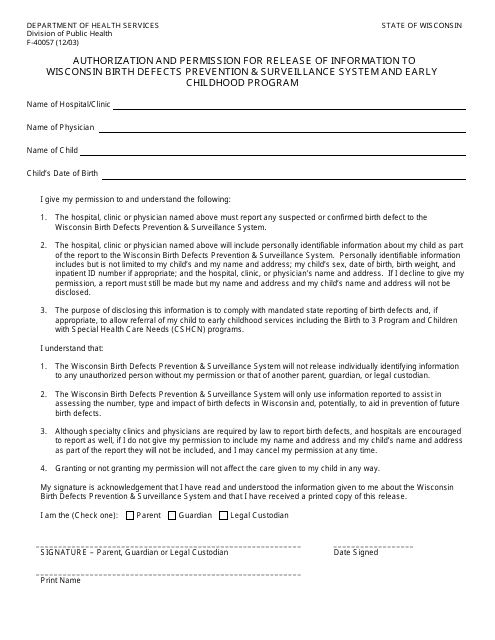Surveillance System Templates
A surveillance system, also known as a monitoring system, is an essential tool used to gather and analyze data for various purposes. It allows for the collection and tracking of specific information related to a particular subject or area of interest.
Surveillance systems are widely used in different sectors, including healthcare, public health, and law enforcement. These systems help in monitoring and evaluating the prevalence and incidence of various diseases, injuries, and other health-related conditions. They aid in the detection and prevention of outbreaks, as well as the identification of potential health risks.
In the healthcare field, surveillance systems play a crucial role in tracking the occurrence and spread of diseases. They enable healthcare professionals to monitor the number and types of cases, analyze trends, and identify patterns that can help in developing effective prevention and control strategies.
Public health surveillance systems, on the other hand, focus on gathering data related to public health concerns such as infectious diseases, environmental hazards, and social determinants of health. These systems provide valuable insights into health trends and patterns, which can inform policy decisions, resource allocation, and interventions.
Law enforcement agencies also rely on surveillance systems to maintain public safety and prevent crime. These systems help in capturing and monitoring activities in public spaces, ensuring the safety of individuals and deterring criminal activities.
Surveillance systems encompass a wide range of documents, including reporting forms, authorization and permission forms, and data collection instructions. These documents are designed to facilitate the smooth operation and efficient data management of the surveillance system. They ensure the accuracy, completeness, and standardization of the information collected.
Whether it's tracking the occurrence of non-fatal injuries, monitoring the spread of infectious diseases, or ensuring public safety, surveillance systems are indispensable tools for data collection and analysis. They enable decision-makers to make informed choices, promote public health, and maintain overall societal well-being.
Documents:
6
This Form is used for recording non-fatal injuries and data collection purposes in the Non-fatal Injury Surveillance System.
This document provides instructions for completing the Tuberculosis Surveillance Report Form in the state of Connecticut. It explains how to accurately document and report cases of tuberculosis for surveillance purposes.
This Form is used for reporting cases of legionellosis, a type of pneumonia caused by Legionella bacteria.
This document is an authorization form used to give permission for the release of information to the Wisconsin Birth Defects Prevention and Surveillance System and Early Childhood Program in Wisconsin.
This form is used for investigating cases of invasive Group A Streptococcus disease in Indiana.
This form is used for reporting cases of Candida Auris in the state of Indiana.






